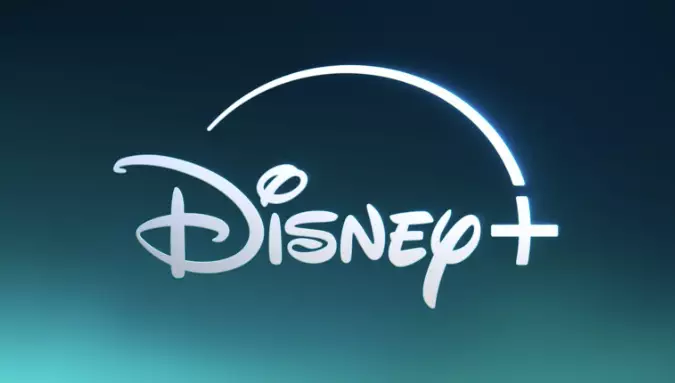In an age dominated by streaming services, the sharing of passwords has become a contentious issue. Disney+, a major player in this field, has recently taken a significant step by tightening its rules on account sharing. This decision has multifaceted implications not only for the platform but also for its subscribers, impacting their viewing habits, costs, and the ethics surrounding digital content sharing.
Disney’s latest move to curtail password sharing follows a trend that has been observed among streaming giants, notably Netflix. For years, users have been accustomed to sharing their accounts with friends and extended family, often across households. However, Disney has clarified that their service is intended for use only within the same household. This acknowledgement marks a departure from a more lenient approach that allowed subscribers to share access freely, which has likely led to some dissatisfaction among those who are now facing additional charges to maintain their viewing circles.
As of this week, subscribers will find that sharing their Disney+ accounts comes with a price tag. An “Extra Member” feature has been instituted, allowing the account holder to add someone outside their household—but for a fee. This new policy indicates that financial motives heavily influence Disney’s strategy as it aims to maximize revenue. The fees—$7 for Disney+ Basic and $10 for Disney+ Premium—suggest a calculated move to encourage users to either pay for additional access or create new accounts altogether.
The implementation of Extra Members introduces a level of exclusivity and restriction that could alter how subscribers interact with the service. According to Disney, only one Extra Member can be added to each account. Furthermore, existing Disney Bundle subscribers or those accessing Disney+ through partner offers are excluded from this feature. This specific targeting signifies a deliberate choice to monetize existing viewers rather than expand access to others.
Interestingly, the ability to transfer profiles offers users a sliver of hope under the new policy. If an account owner opts not to pay for their friends or family members to become Extra Members, the latter can still make a new account, retaining their watch history and personalized settings—a considerate touch amidst the broader crackdown. However, Junior Mode accounts and others remain non-transferable, presenting a challenge for families who had previously enjoyed a collective viewing experience.
As Disney implements these changes, reminiscent of previous crackdowns by Netflix, the impact on subscriber behavior could be significant. Netflix’s earlier decision to limit account sharing resulted in a notable increase in subscribers, something Disney is likely hoping to replicate. However, the increase in costs might lead to subscriber churn if the value proposition does not align with consumer expectations.
Currently, Disney+ offers promotional pricing, allowing users to access the platform for just $2 per month until September 27. However, this promotional period comes with a looming price increase set to take effect shortly after. Disney+ with ads will rise to $10 per month, while their ad-free version is set to increase to $16. This price adjustment sits in line with Disney’s strategic shift to turn profit, as the platform’s operational costs have finally begun to stabilize following a period of financial losses.
Bob Iger, Disney’s CEO, has defended the decision to raise prices, indicating that historical data suggests such increases do not lead to drastic subscriber losses. This suggests confidence in the brand’s ability to retain users despite rising costs. However, the current climate reflects a shift in how consumers perceive the value of streaming services as they face a myriad of choices.
Disney’s crackdown on password sharing is indicative of the broader trends in the streaming economy. With financial sustainability becoming a focal point, platforms are likely to explore various avenues to monetize their services while ensuring user retention. As viewers navigate this new reality, the question remains: will the changes enhance user experience or create barriers that drive audiences to reevaluate their loyalty to Disney+? Only time will tell.


Leave a Reply